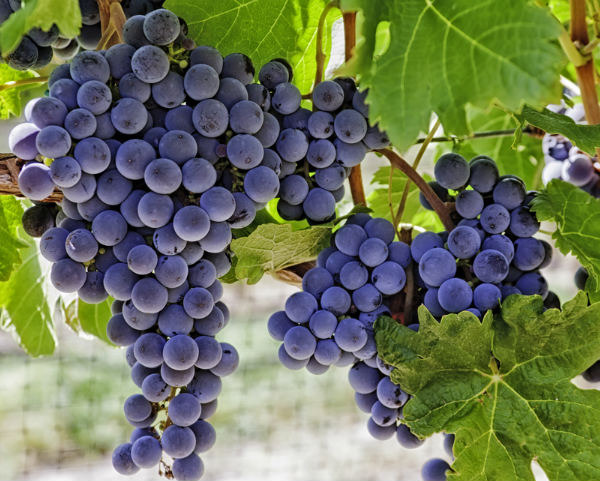Have Your Wine And Eat It Too
The importance of a nutrient-dense diet may be old news, but a superfood that adds complex, varietal-based wine flavor to our favorite dishes, certainly isn't.
A preliminary study by Dr. David W. Killilea of the Nutrition & Metabolism Center at the Children's Hospital Oakland Research Institute shows that pomace flour (gluten-free flour made from the leftover skins and seeds of grapes that have been pressed for their juice) is rich in several key minerals, namely potassium, calcium, magnesium, iron, and zinc. And, because grape seeds and skins are also good sources of antioxidants and fiber, their use in baked goods "would add significant nutritional value to these products."
But what does pomace flour taste like? It depends upon the grape. There are a number of unique varieties ranging from Riesling to Merlot, each of which can be paired with other ingredients, much in the same way a bottle of wine would: Cabernet Sauvignon complements red meat while chardonnay cuts through rich, fatty sauces. Pomace flour can be added to just about any recipe, boosting the nutritional content, contributing color, and, of course, adding flavor... news that has wine enthusiasts and nutritionists alike raising their forks in salute.
